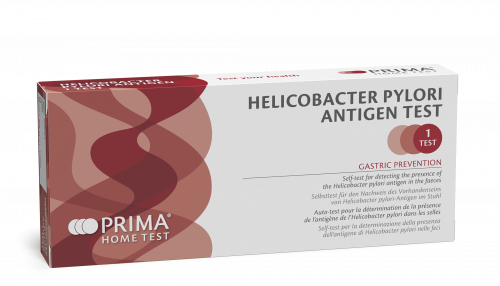
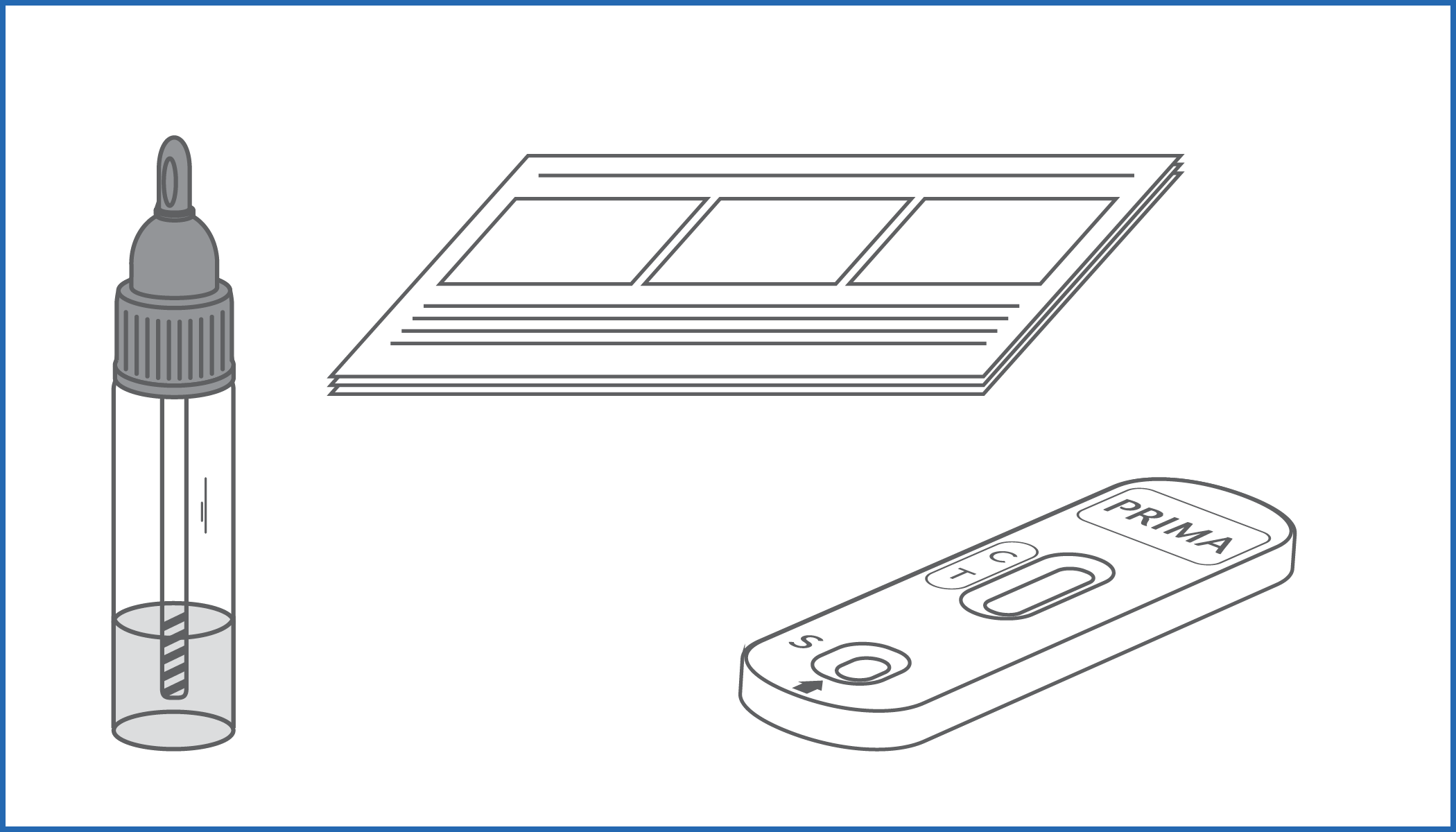
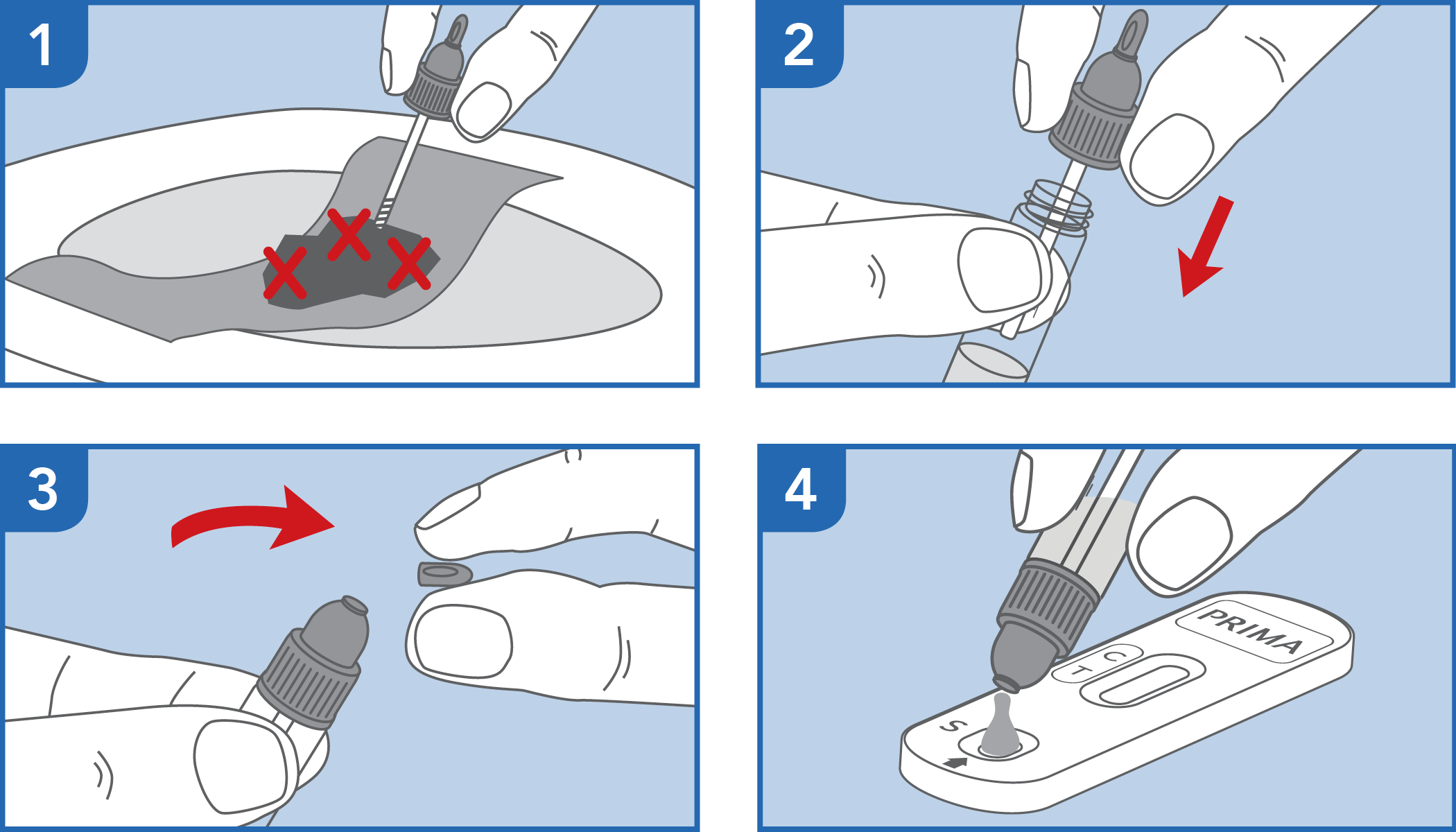
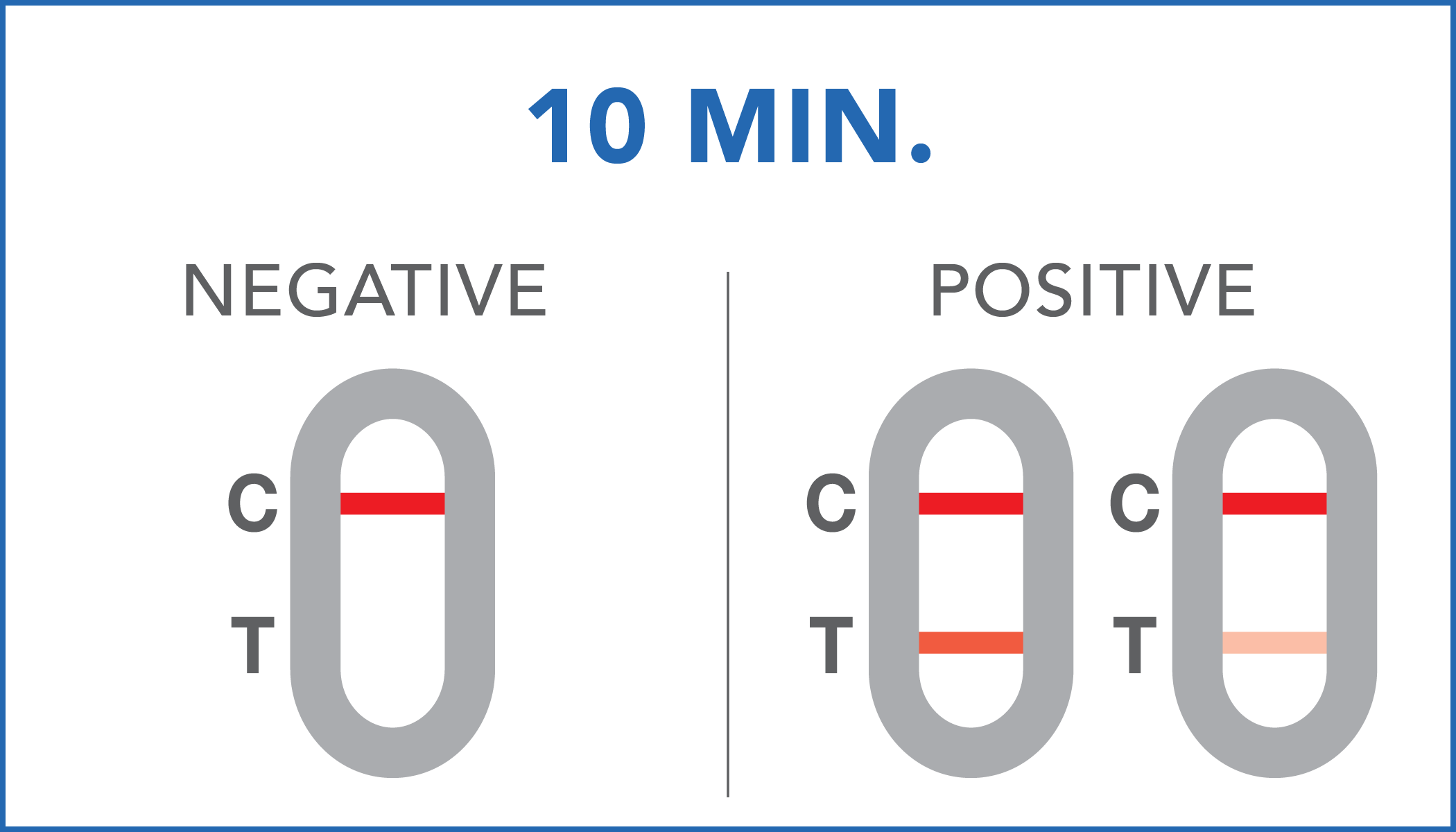
PRIMA HOME
PRIMA PROFESSIONAL
Self-test for the detection of the Helicobacter pylori antigen in the feces
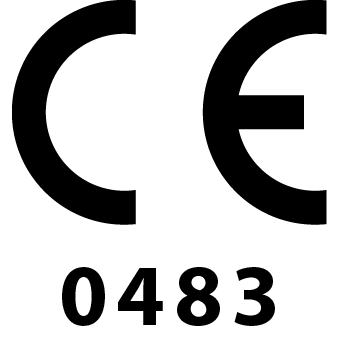
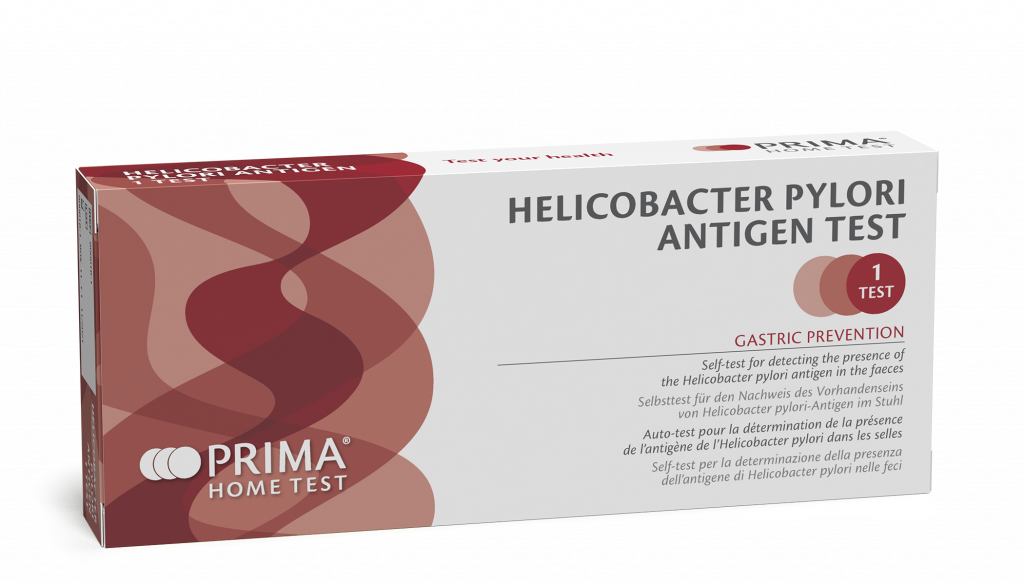




Helicobacter pylori is a bacterium, whose ideal habitat is the human gastric mucosa, causing an often asymptomatic infection of the gastrointestinal tract.
read moreSometimes the presence of this bacterium can cause gastritis and ulcers in the stomach or duodenum. The most common symptoms of these conditions are: burning or pain in the upper abdomen, especially between meals when the stomach is empty, nausea and a sense of fullness, reflux, loss of appetite and weight loss. On the long-term the Helicobacter pylori infection is associated with an increased risk of gastric cancer.
HELICOBACTER PYLORI ANTIGEN TEST is intended for anyone who wants to identify the presence of the bacterium in the body.
read moreThis bacterium chronically affects about half of the world’s population and plays an important role in the pathogenesis of chronic gastritis, peptic ulcer, gastric cancer, and mucosal-associated lymphoid tissue lymphoma.
HELICOBACTER PYLORI ANTIGEN TEST is an immunochromatographic device that detects H. pylori antigens in feces samples.
| Specificity | 96.6% |
| Sensitivity | 95.2% |
| Accuracy | 96% |

 USE PROCEDURE
USE PROCEDURE 
 RESULTS INTERPRETATION
RESULTS INTERPRETATION 
| Negative | no H. pylori antigens have been detected in the sample or their concentration is below the 10 ng/mL cut-off. |
| Positive | Helicobacter pylori antigens have been detected in the sample, it is necessary to check with a specialist, as a possible bacterial infection is ongoing. |
1. Shimoyama T. “Stool antigen tests for the management of Helicobacter pylori infection.” World Journal of Gastroenterology. 2013;19(45):8188-91.
2. Ana Isabel Lopes, Filipa F Vale, Mónica Oleastro. “Helicobacter pylori infection - recent developments in diagnosis.” World Journal of Gastroenterology. 2014 July 28; 20(28): 9299-9313.
3. Andreas Mentis, Philippe Lehours, and Francis Francis Megraud. “Epidemiology and Diagnosis of Helicobacter pylori infection”.
Helicobacter. 2015 Sep;20 Suppl 1:1-7.
4. Zagari RM, Rabitti S, Eusebi LH, Bazzoli F. “Treatment of Helicobacter pylori infection: A clinical practice update.” Eur J Clin Invest. 2018 Jan;48(1). doi: 10.1111/eci.12857
The test has been carried out correctly when the instructions for use are followed. It includes the reading time and the interpretation of the results shown at the "RESULTS INTERPRETATION" section of the instructions for use.
A colored line will appear at the control region (C) on the test device, showing that the test performed correctly. The absence of the colored line suggests to repeat the test with a new device and a new sample.
The color and intensity of the lines do not affect the interpretation of the result. The test has to be considered positive regardless of the color intensity of the test line (T).
Check product availability with the local representative in your country
